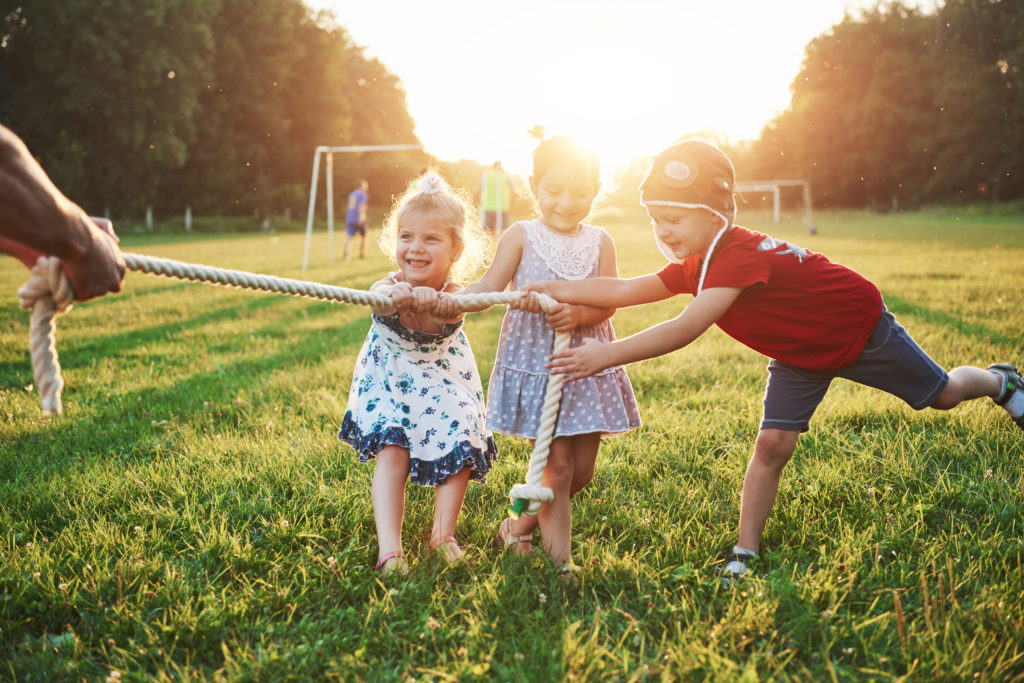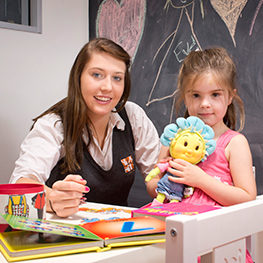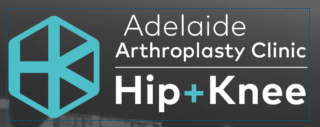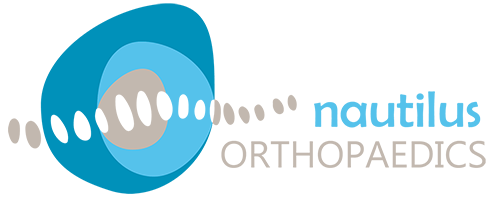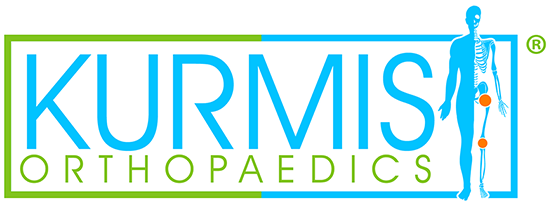What is low muscle tone?
Muscle tone is the amount of tension in a muscle. Muscles always have a slight amount of tension (slightly turned on) so that they are always ready to contract when we need to move. Muscle tone is also what helps us hold our bodies upright against gravity when we are sitting and standing and helps us control our movement.
Muscle tone can be thought of as a spectrum; some people have lower muscle tone and some people have higher muscle tone. Low muscle tone, or hypotonia, is when the resting tension of the muscles is reduced. The muscles are often described as ‘floppy’. In most cases, low muscle tone is ‘idiopathic’ meaning the cause is unknown. For a small number of children, low muscle tone is a feature of a neurological or genetic condition. Low muscle tone is also very common in the autistic population.
